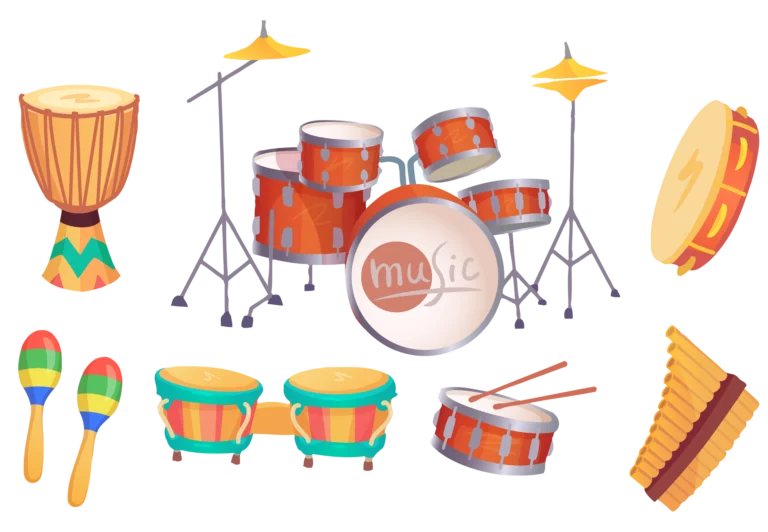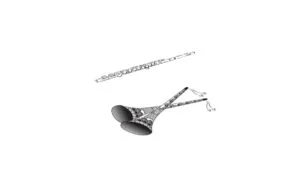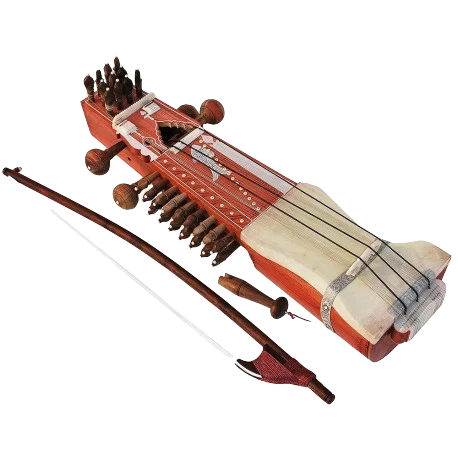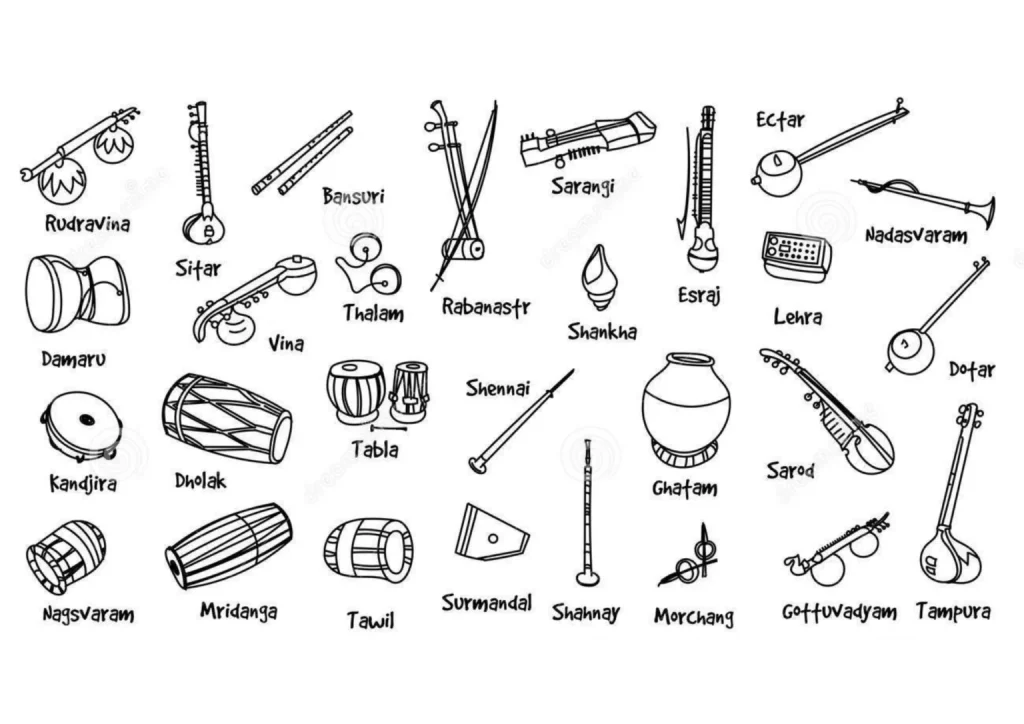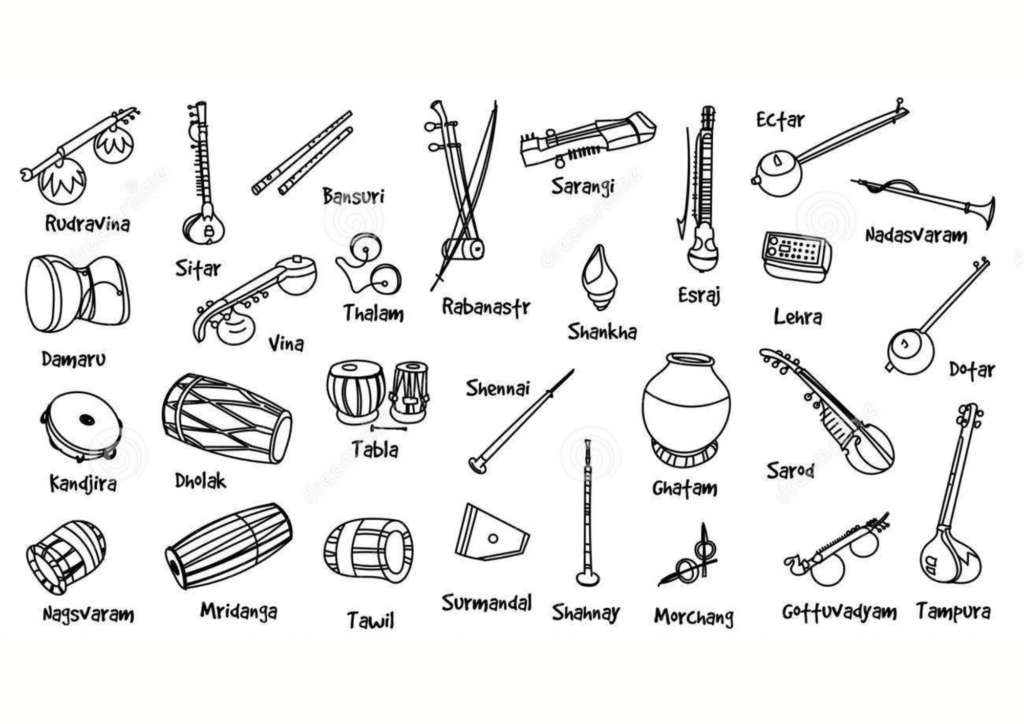Music is synonymous with instruments and vice versa. One cannot hope to master music without knowing at least the basics of instruments. To make it easier for everyone, these thousands upon thousands of instruments have been categorized into broad types of instruments. Most of you might already be aware of string instruments and percussion instruments, but there is one more important and yet neglected category of instruments. Yes, we are talking about wind instruments, of which not many of us are not aware fully. There is so much more to wind instruments than just flute or Shehnai. Today we’ll tell you everything you need to know about wind instruments!
What are wind instruments?
What types of instruments come under the wind category? In technical words, as the name suggests, it is any instrument that utilizes air/wind to produce musical vibrations. This does not mean that all these instruments produce the same kind of music. In fact, unlike the somewhat generic percussion and string instrument category, wind instruments all very much differ from each other. Each type has its own very unique and distinct sound. Even the different types of flutes would sound very different from each other! Just play a bamboo flute side-by-side along with a Bansuri (Indian flute) and you will immediately be able to make out the difference between the two wind instrument types. You don’t even need to have substantial knowledge of music to be able to do it.
What makes up a wind instrument?
All wind instruments would have a mouthpiece through which you would blow air. These constitute the ones that are played using blowing wind near the mouthpiece of the instrument. Sound is produced because of the vibration of winds directly or indirectly near the resonator. These types of wind instruments have various pitches that depend upon various manual settings as well as the size and length of the instrument. While some of these instruments require blowing the mouthpiece the others require the buzzing through the mouthpiece.
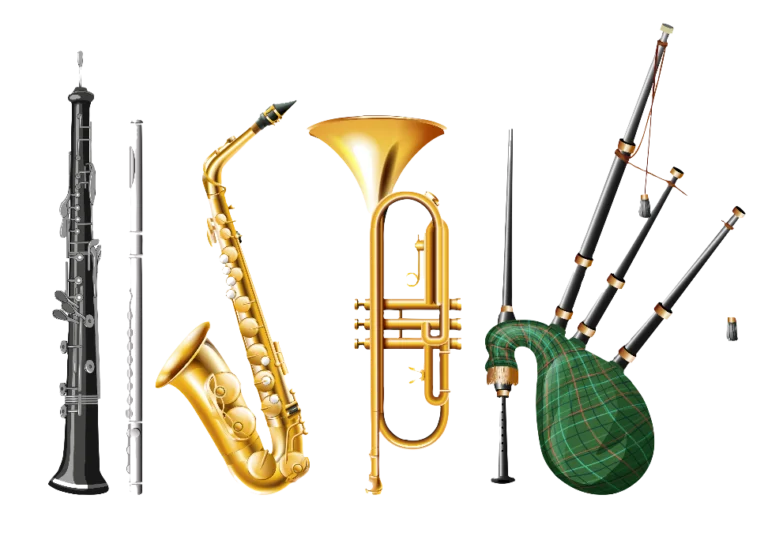
Types of Wind Instruments
There are different types of instruments in the wind category, so it is natural we would have to do different classifications within it. But don’t worry, there are not that many wind instrument types you need to remember. These can be broadly divided into two main types.
Brasswind Instruments as the name says are made of brass metal. This is because brass unlike other many metals, brass has many advantages. Namely, brass is very beautiful in appearance and is also very easy to work with. It also is very resistant to rust, so this ensures that the brasswind instruments stay preserved for a long time. Some well-known brasswind instruments are horns, trumpets, tubas, and euphoniums. Although made of brass, the method used to play them is also being referred to for these instruments.
The second type includes woodwind instruments. As the name suggests, they are generally made of wood. Unlike the brasswind instruments, woodwind instruments date back to traditional times. Some woodwind instruments like the flute have been around for so long that they are mentioned in ancient scriptures like Bhagavad Gita and China’s Romance of Three Kingdoms! Also, woodwind instruments are not just flutes! You also have instruments that include flutes, saxophones, clarinets, and recorders under the woodwind category.
Names of Indian Wind Instruments
India has had a love affair with music since ancient times. You can find musical artifacts from the ancient Indus valley civilization as well. Indian musical instruments have mostly been designed to reflect the rich culture and heritage of India. We can listen to the most melodious music and instruments in our country from time immemorial. The same goes for the wind instruments which enhance the beauty and soul in a musical ensemble. Some of them also have mythological anecdotes attached to them like that of the Flute which is considered to be the musical instrument of Lord Krishna.
The history of the wind instruments in India came from the bamboo shoots, horns, and hollow tubes which were played as musical instruments. Animal bones were also used several times for playing it using air. In fact, the flute is the oldest recorded musical instrument in the world. And when it comes to Indian music, it holds a very high esteemed place. But as we already said, there are many other instruments in the wind category that you should also care about. So let’s get right into exploring all the wind instruments that India has to offer!
List of Indian Wind Instruments
Bansuri (Indian flute)
Bansuri is the name of one of the oldest and most popular wind instruments in India. It is so old in fact that you can easily find its mention in the Rigveda which is said to be 0over ten-thousand-year-old scriptures! You can also find this ancient instrument’s depiction in the Buddhist texts as well back in 100AD. This instrument is often connected with Lord Krishna. But during those ancient days, the Bansuri was called by a different name. You’d find Bansuri being called Nadi and Tunava in the Rigveda. It is only later on that the Indian flute got the more well-known name of Bansuri.
Now enough history! Let’s get to what a Bansuri is made up of. An average Bansuri is comprised of wood from bamboo and has six to seven holes on it to produce melodious and sweet sounds. Another thing to note about the Indian flute is that the longer it will be, the lower will be its pitch and notes. Coming to the regionality of the Bansuri, it is mainly a North Indian instrument. It was and is still used in a lot of light and classical music. Bansuri can give very melodious and dreamy music to any song is a great companion to accompany the singer. To this day you will easily hear a lot of Bansuri in any Indian film song. There is no doubt when it comes to the versatility of Bansuri.

Shehnai
Shehnai is the name of one of the Indian instruments which is considered to be auspicious for various occasions. You will often hear the sound of shehnais at Indian weddings. Even in the age of DJ music, nothing can replace good old Shehnai! Speaking of time, Shehnai is also quite an old instrument in its own right. It might not be as old as the Bansuri, but it still has quite a respectable age. Do you remember the movie, Jodha Akbar? If yes, then you might recall Akbar being welcomed with Shehnais in his wife’s home! So we can easily say that Shehnai is at least 500 years old.
While shehnai has been a part of the Indian music sphere for a long time it is not actually Indian in its origins. The name itself is Persian and means “king of flutes”. It is most probable that foreign elements like the Mughals brought Shehnai with them to India. Still, this does not mean that Sehnai is not any India. After staying so many years in India, there are plenty of Indian variations to it. One of them is the ‘nadhaswaram’ which is a South Indian iteration of Shehnai.
Now lets talk about what a shenai is made up of. It is made of wood with two reeds and a metal bell on one side. This instrument is narrower upwards and broader in the down portion. Shehnai has approximately six to nine holes for the wind to come out from this beautiful instrument. It is played widely in marriages, religious occurrences, and also during processions. Shehnai instrument is widely used for concerts as well.

Pepa
Now this is a instrument whose name an average person must have not heard that much about. But in reality, Pepa is a very famous and traditional regional music instrument. Pepa is the one reed instrument of Assam and is generally used during the Bihu celebration. This instrument is like the hornpipe and was traditionally used by the Deori priests in Assam. Pepa is similar to the Shofar used by the Jewish people.
Although this was previously used to praise and ode the Tian god of Chinese mythology. But later it got adopted for the festivals like Bihu. Besides this origin story, there is also another story which explains why pepa is made from buffalo skin. The legend goes that pepa was invented by the buffalo herders completely by accident. Once upon a time long ago a buffalo herder observed a stray lying buffalo horn producing music from the wind going through it. This interested the buffalo herders and they produced a whole new musical instrument that we now call pepa! Sadly, since this instrument is made from the horn of buffalo its uses are getting limited with passing time.
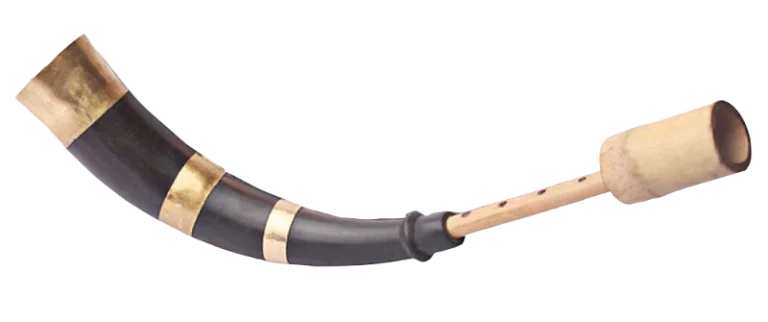
Harmonium
If you look at harmonium with a casual eye it does not strike as a wind instrument. It has keys and you don’t need to blow air in it. So how does it even count as a wind instrument? Harmonium is unique amongst many other musical instruments because of this reason. It constitutes free reeds and the air flows through a thin metal frame. Since air is the main reason why music is produced in a harmonium, hence it is considered a wind instrument.
Harmonium is one of the pump organs and can trace its origin from Denmark. It was formed for the first time in the 1780s. Unlike melodeons of the West, this is much smaller and carried anywhere easily. In India harmonium made its way through the Brtish during colonisation age. Although now it is a greatly used wind instrument that is frequently used for classical as well as light music in India, it was actually banned once upon a time. This happened in 1941 when All India Radio banned harmonium as it was thought to be not suited for the Indian music scene. Obviously this is not the case now and harmonium has become a integral part of Indian music!
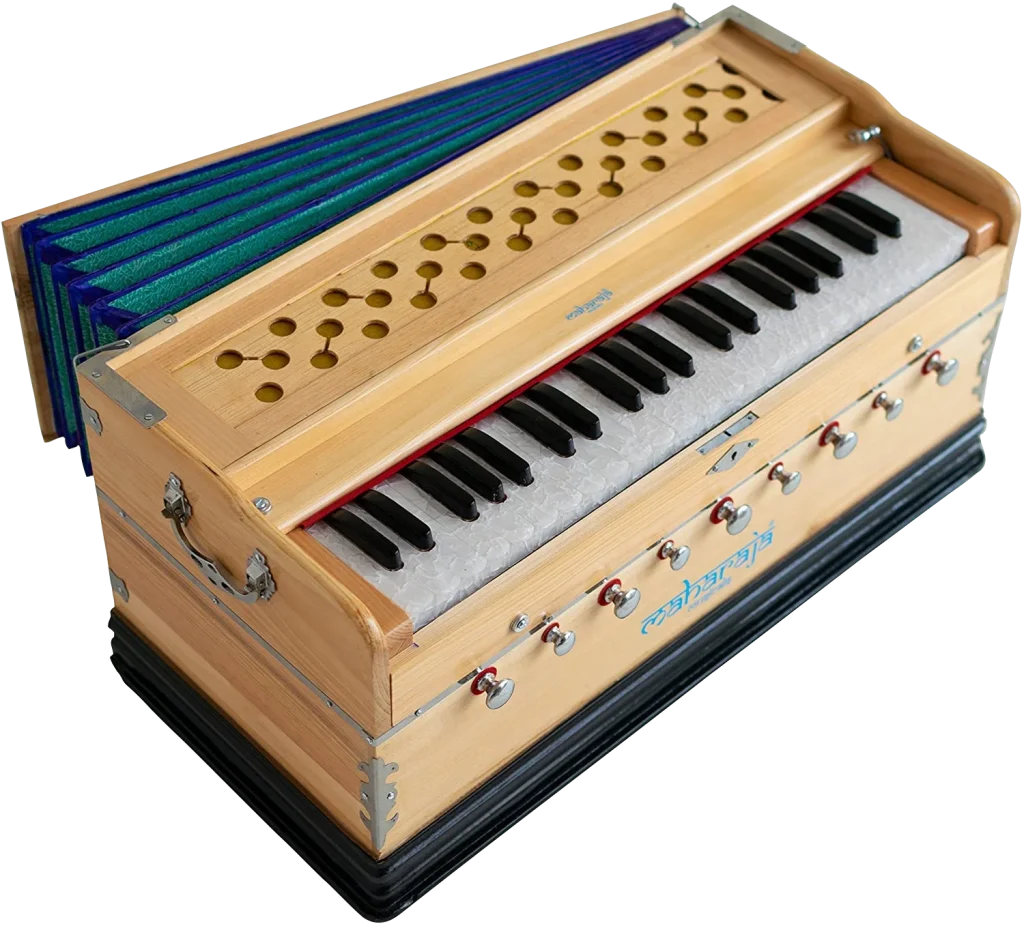
Names of Western Wind Music Instruments
The wind instruments which are played and had their origin all over the world outside India are known as Western Wind Instruments. These are widespread all across the world. They are used in rock music, pop music, and jazz music, and every form of contemporary music. Most of the Western wind instruments are made of brass, while most of the Asian (Indian, Chinese etc.) are made of wood.
Saxophones
Saxophones instrument falls under the category of brasswind musical instruments. This instrument is mainly made up of brass. It is a single-reed musical instrument with 24 openings which the player can manipulate through padded keys. Saxophone is undeniably one of the most well-known wind instrument and is is quite popular all over the world.
Have you ever wondered why saxophone was named the way it is? The answer to this question is the inventor after whom Saxophone was named. Saxophone was invented in the 1840s by a Belgian man named Adolphe Sax. He was a proficient instrument maker, and the saxophone is undeniably his finest creation. Saxophones were used in solo music, concerts, and so on. In modern days this is also used along with the contemporary music of jazz, bands, rock music, and so on.

Clarinets
Clarinets is the name of wind instrument which are woodwind instruments that consist of a single reed. It is a tube-like long instrument, cylindrical. This instrument was discovered in Germany by Johann Christoph Denner. Clarinet instrument has a wider pitch range in comparison to other woodwind instruments. This instrument constitutes hard rubber, metal, resin, ivory, and plastic. Buffet Clarinets mainly formed a part of Classical music concerts as well as a part of various concerts and orchestras. But traditionally it was played with jazz and was first played so in New Orleans.

Bagpipes
Bagpipes are types of wind instrument that contain one or two reeds. The instrument also consists of a bag that is made up of animal leather. While the pipe on the upper portion gets flowed through the mouth the bag inflates and then along with that the player plays the reeds on the other pipe that remains on the lower portion of the instrument. The instrument dates back to 100BCE.
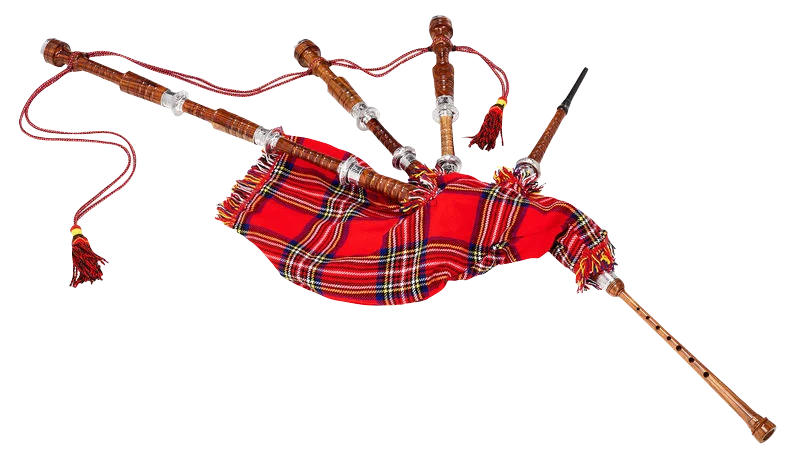
Cornet or the Trumpet
Cornet and/or Trumper are name of types of musical instruments that are similar wind instruments and consist of music played in B flat note. The basic difference between these two types of instruments is that trumpets are used in jazz while the cornet is played in brass bands. The trumpet has a cylindrical bore with a high pitch. The cornet consists of a conical bore.

Summary of Wind Instruments
These wind instruments whether from India or abroad have given music a real melody and made it more vibrant. We can admittedly say that these instruments are extremely important in any concerts and performances to make music more ornamental.
Share with your friends
